Regulatory Support and Standards
Regulatory frameworks and standards are increasingly shaping the Veterinary Infectious Disease Diagnostic Market. Governments and veterinary organizations are implementing stringent regulations to ensure the safety and efficacy of diagnostic products. This regulatory support fosters innovation and encourages the development of new diagnostic tools. For instance, the approval processes for veterinary diagnostics have become more streamlined, allowing for quicker access to advanced technologies. As a result, manufacturers are motivated to invest in research and development, leading to a wider array of diagnostic options available in the market. This regulatory environment not only enhances product quality but also instills confidence among veterinary professionals and pet owners, thereby driving the Veterinary Infectious Disease Diagnostic Market.
Growing Awareness of Animal Health
There is a notable increase in awareness regarding animal health and welfare, which significantly influences the Veterinary Infectious Disease Diagnostic Market. Pet owners and livestock producers are becoming more informed about the importance of early disease detection and preventive care. This heightened awareness leads to increased demand for diagnostic services and products. According to recent surveys, a significant percentage of pet owners express a desire for regular health check-ups and screenings for their animals. This trend is likely to continue, as more stakeholders recognize the economic and emotional benefits of maintaining animal health. Consequently, the Veterinary Infectious Disease Diagnostic Market is expected to expand as more individuals seek diagnostic solutions to ensure the well-being of their animals.
Rising Incidence of Infectious Diseases
The increasing prevalence of infectious diseases among animals is a primary driver for the Veterinary Infectious Disease Diagnostic Market. As pet ownership rises and livestock farming expands, the risk of disease outbreaks escalates. For instance, diseases such as canine parvovirus and avian influenza have shown alarming trends in recent years. This surge in infectious diseases necessitates advanced diagnostic tools to ensure timely detection and management. The market is projected to grow significantly, with estimates suggesting a compound annual growth rate of over 8% in the coming years. Consequently, veterinary professionals are increasingly adopting sophisticated diagnostic technologies to mitigate the impact of these diseases, thereby propelling the Veterinary Infectious Disease Diagnostic Market forward.
Technological Innovations in Diagnostics
Technological advancements play a crucial role in shaping the Veterinary Infectious Disease Diagnostic Market. Innovations such as polymerase chain reaction (PCR) testing, next-generation sequencing, and point-of-care testing devices have revolutionized the way veterinarians diagnose infectious diseases. These technologies enable rapid and accurate results, which are essential for effective treatment and management of diseases. The market for diagnostic tools is expected to witness substantial growth, with a projected increase in demand for molecular diagnostics. As veterinary practices adopt these cutting-edge technologies, the efficiency and accuracy of disease detection improve, thereby enhancing the overall quality of veterinary care and driving the Veterinary Infectious Disease Diagnostic Market.
Economic Growth and Increased Veterinary Spending
Economic growth in various regions is contributing to an increase in spending on veterinary services, which is a significant driver for the Veterinary Infectious Disease Diagnostic Market. As disposable incomes rise, pet owners are more willing to invest in their animals' health, leading to higher demand for diagnostic services. Additionally, the expansion of the livestock sector in many economies is prompting farmers to prioritize animal health management. Reports indicate that veterinary spending is expected to rise steadily, with diagnostics being a key area of investment. This trend suggests that as economies continue to develop, the Veterinary Infectious Disease Diagnostic Market will likely experience robust growth, driven by increased expenditure on veterinary care.


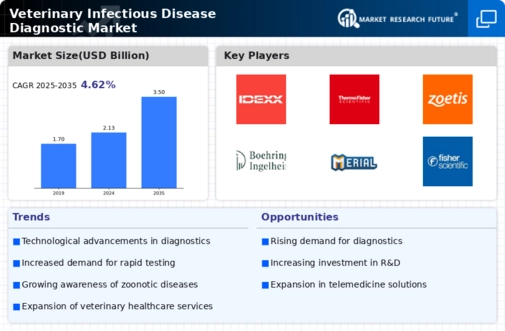
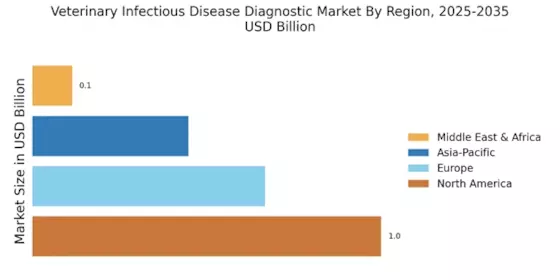
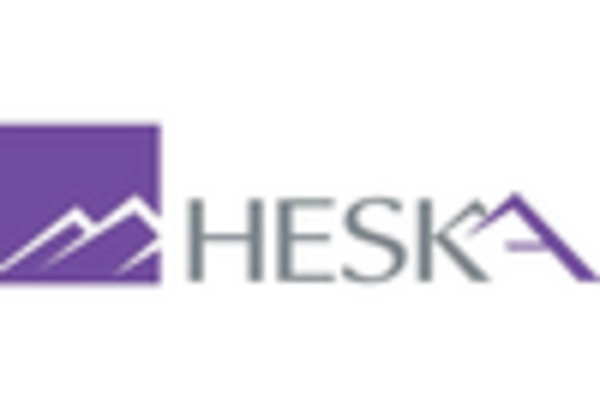
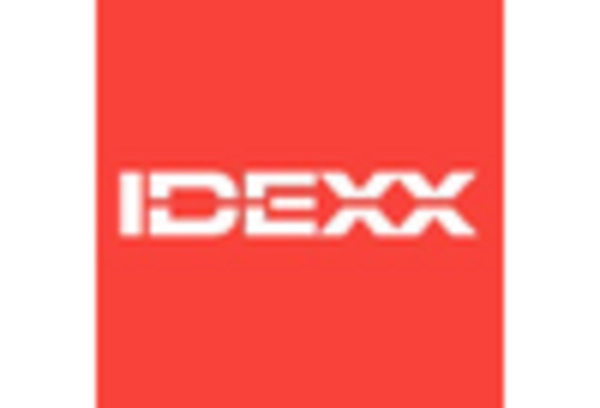
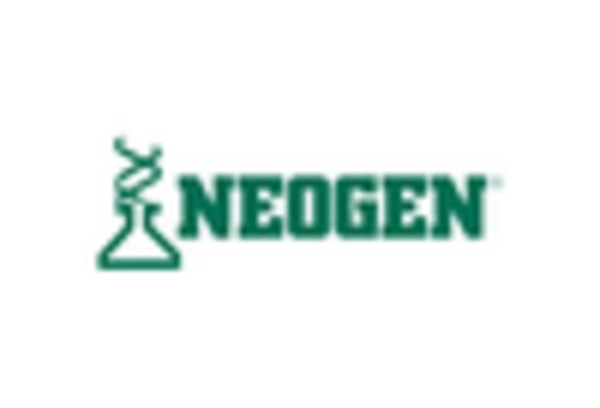

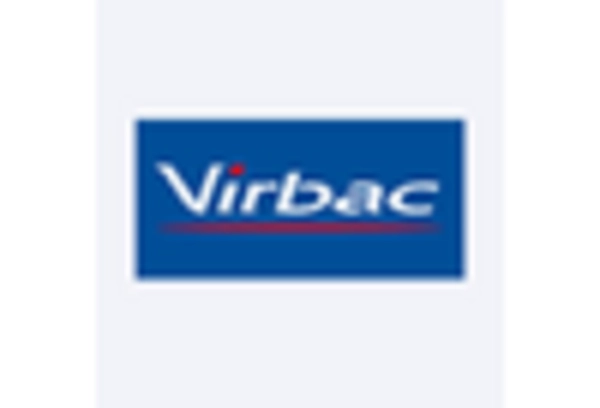
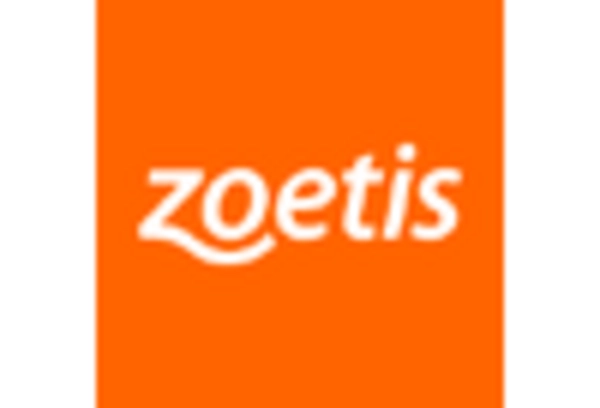








Leave a Comment